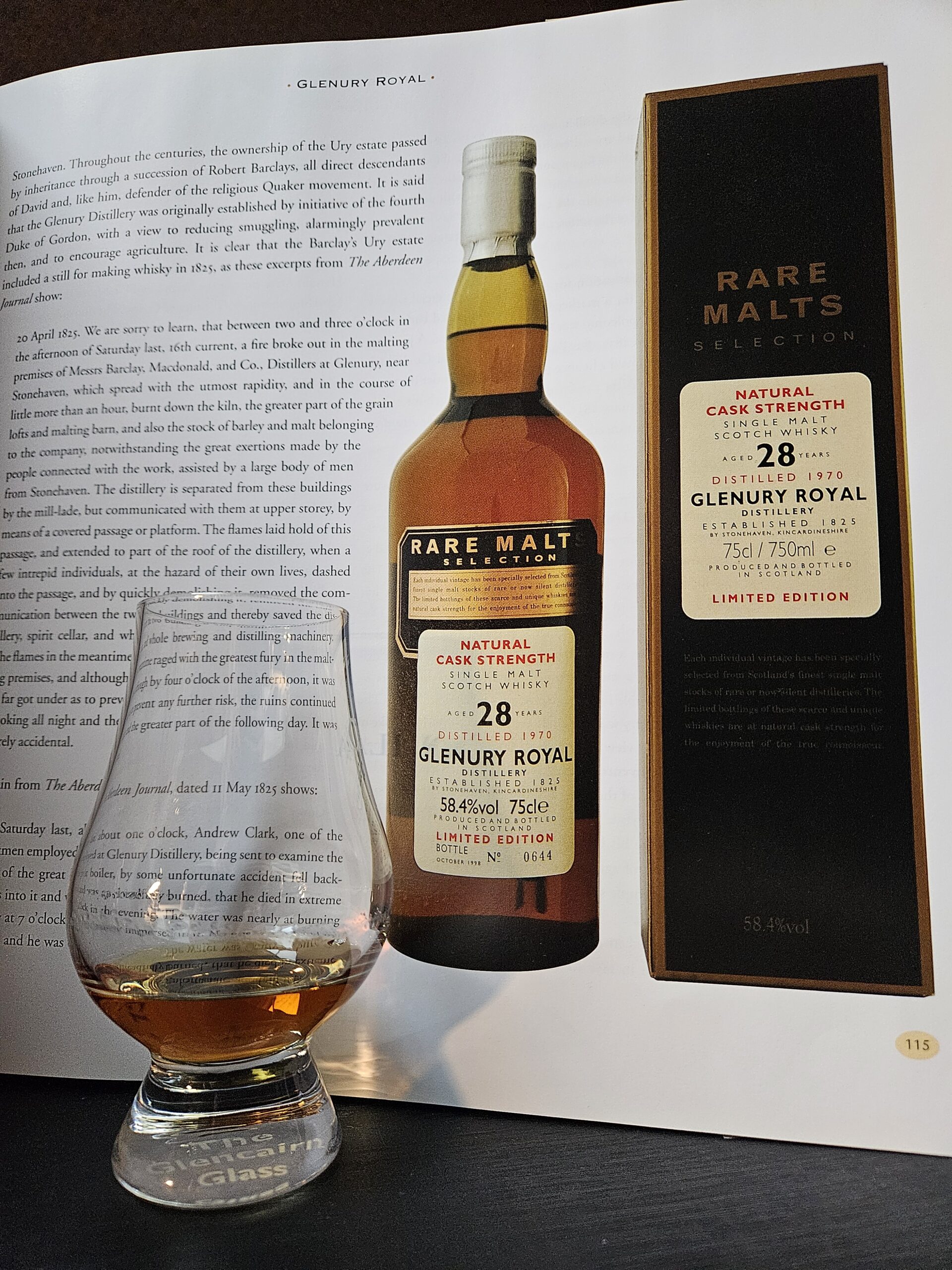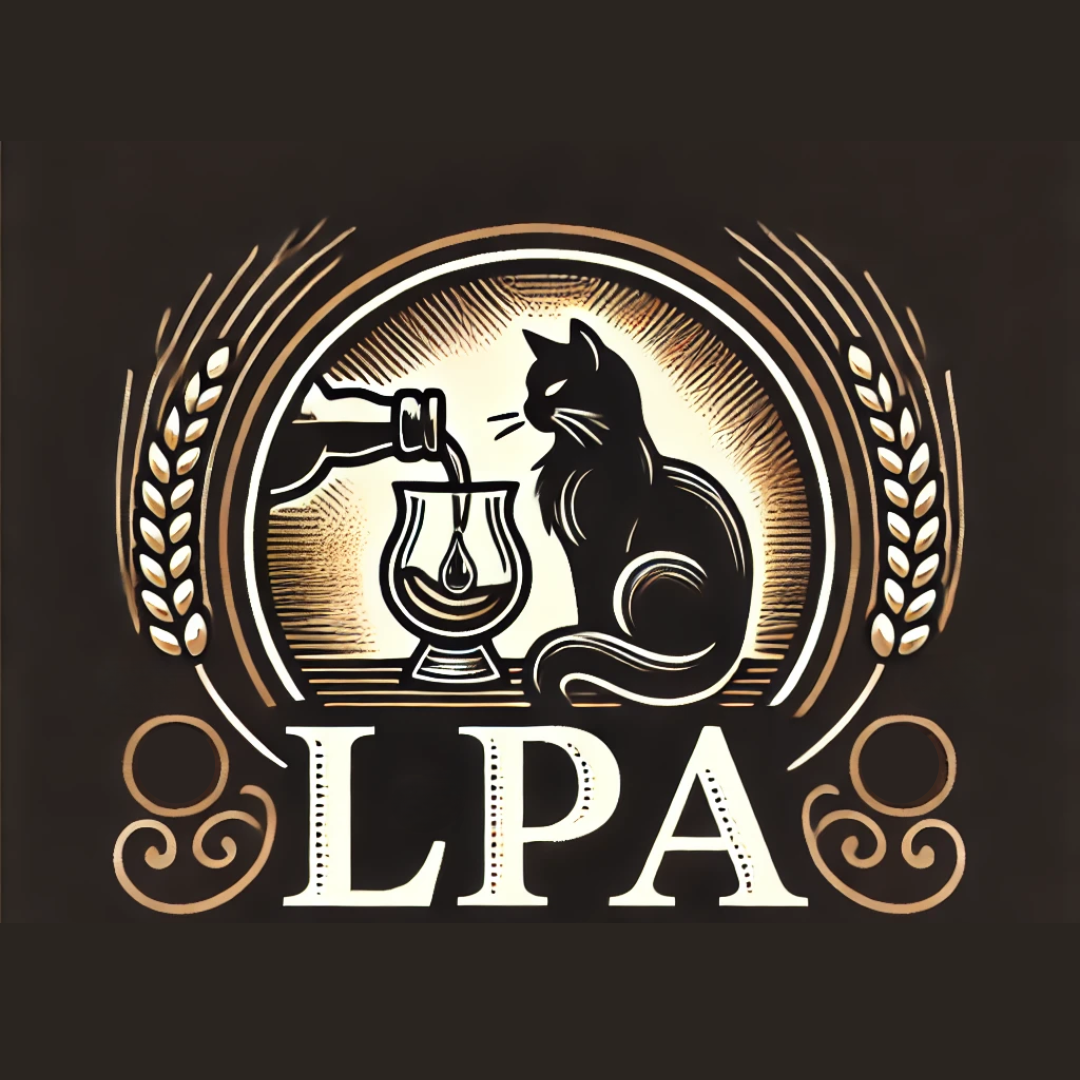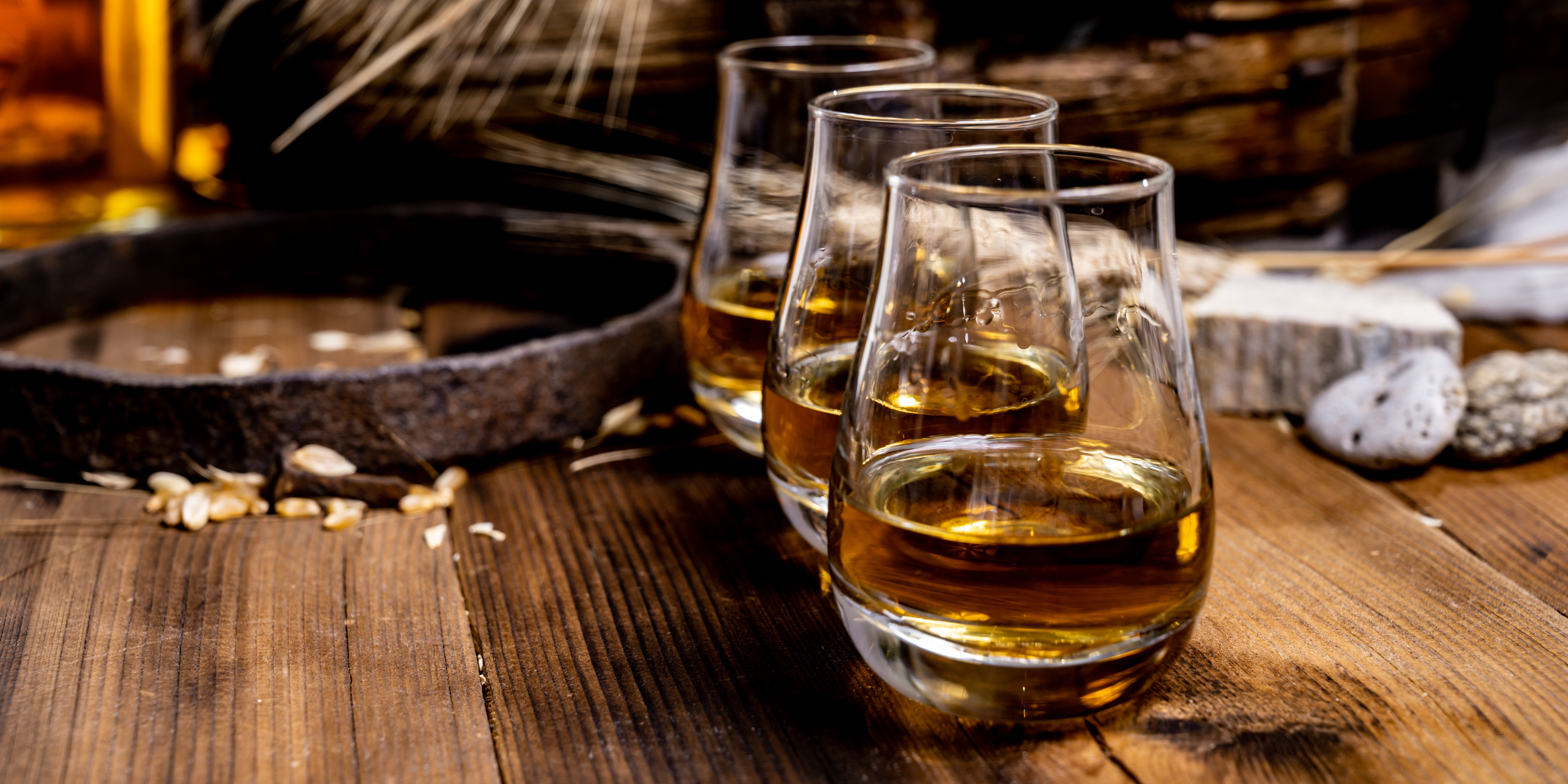Glenury Royal 23 years old vintage 1971 RMS
In cooperation with expert whisky retailer Best of Wines, in the next months I will publish blogs about expressions in Diageo’s legendary Rare Malts Selection. This was a series devised to highlight the more obscure malts in the company’s portfolio, long before the interest in single malt whisky rose to its current day status. We indeed got very rare examples of lost distilleries (Port Ellen), unknown ones (Mannochmore) and regular ones at deviant ages (Clynelish). In one form or another, 121 versions were released. Today we continue our journey through liquid history with a famous expression of the Glenury Royal Distillery that was once located in Stonehaven. Be sure to check out our previous blog about St. Magdalene Distillery.
Glenury Royal was to me one of those really dark horses of the Scotch single malt spectrum. My very first encounters with it were some special releases done by Diageo around 2005 and 2007. These releases, in beautiful decanters, made a deep impression on me. Both were 36 years of age and tasted just … serene. Yeah, that is the word for it. Such balance, such distinguished aspects, this was high level drinking from a bottle containing liquid history. Everybody knows the famous closed distilleries of the day, Port Ellen, Brora, Rosebank (all now on active status again), but what about the lesser Gods? Glenury Royal, Banff, Convalmore, Coleburn. Recently I read a comment somewhere from a whisky blogger asking ‘what is Glenlochy?’ These names were rare when I started out, and nowadays they are firmly forgotten. A pity, but hey, this gives little old me the chance to write something for a new generation.

Glenury Royal is in more than one aspect a very rare distillery in the scala of Scottish producers. Not only is it one of the very few carrying a royal statement, like Royal Lochnagar and Royal Brackla, but it is also one of the few Scottish east coast distilleries. There were more than a few compared to nowadays, and one wonders why indeed only Fettercairn and Glencadam remain. Just like the other east coasts producers like North Port (Brechin, in the 1980s) and Lochside (Montrose, in the 1990s) the Glenury Royal Distillery fell on hard times and disappeared out of view. But now you know how the story ended. Let us take a look at the past of the distillery.
For lovers of trivia, this following fact should be well-known if you know your whisky history. The Glenury Distillery was founded in 1825 by Robert Barclay-Allardice, also known as Captain Barclay. His testament to history is that he was a long-distance walker with no equal. He walked 1000 miles in 1000 consecutive hours. He was also a notorious gambler, but let us leave that fact to the ages.
The year of establishment shows that the distillery was erected shortly after the legalization of producing whisky in 1824. No doubt, the effort was made to take control of the excessive smuggling going on all over these parts of Scotland. Also, the market for local barley was good in the post Napoleon war period. The distillery operated smoothly until the death of Barclay in 1854. William Ritchie from Glasgow took control and run the undertaking for almost 80 years.
The distillery stood the test of time under his ownership. John Hobbs, a familiar name from the industry, took control and let Glenury fall under the umbrella of the Associated Scottish Distillers, itself being a subsidiary of the National Distillers of America. In these years, Glenury was actually the centre for quality control and development of all distilleries belonging to the group. After the Second World Way, ownership was gained by DCL, who parked Glenury under SMD, the Scottish Malt Distillers. Obviously, these business constructions were all the pillars on which current-day Diageo is built.
Interestingly, when you are digging into the history of Scottish distilleries that were shut in the 1980s, you can always source several extensive updates to the everyday run of things, just twenty years before hard economic times. The 1960s brought several modernisations to Glenury. Until 1965, the distillery still had a water wheel that was then replaced by electricity. In 1966, two new stills were added, making them four in total. Sadly, worm tubs were removed then and replaced with more efficient condensers. Like most distilleries, Glenury also switched to indirect heating of the stills. Glenury churned out roughly 2,5 million litres of spirit in its high days, but this was said to be reduced to half of that around the 1980s.
It is always interesting to source bottles that contain (a portion of) Glenury Royal. The bottles with the malt itself in it are increasingly rare, and may command a hefty price. But there are alternatives that are worth looking into. Most notably, one could look for older bottles of the King William IV blended Scotch (certainly also on the American market). It was this King actually that awarded Glenury the proud honour of carrying the royal addition to the name, mostly thanks to political connections of Captain Barclay. There you go. Also, liberal quantities of Glenury malt was used in blends like Auld Toon and Long John. Worth looking into.

Glenury Royal 1971, 23 years old, bottled at 61,3 % abv
First things first: This 23 years old Glenury Royal from the 1971 vintage that was bottled at a whopping 61,3 % abv might well be considered the best of all the expressions bottled in the Rare Malts Selection Series. If you consider accolades a thing, that is. No other malt in the RMS Series was showered with prizes and medals as much as this one. About maturation, we know precious little, but we do know this is a rare sherried example in the series. That makes it unlikely that this expression comes from forgotten stock. We learn from Ulf Buxrud’s standard work about the RMS that Glenury Royal was laid down for a 12 year maturation in mostly bourbon casks and just a few sherry casks, both wood types mostly refill. Maybe someone smart took only the sherry casks to create this legendary bottling? Last thing before we taste: the spirit was supposedly light peated.
Upon Sipping: We do this tasting in two parts. One, a more technical one, diluting the high abv drop by drop to see the development. Two, a more relaxed drinking experience, seeing how the whisky goes down as it would on a Saturday night in your comfy chair.
The first sniff without any influence from water gives a rewarding whiff of rich and creamy sherry. Really classical in style, with lots of furniture polish, red fruits and leather. After some breathing, you will get hints of motor oil and car workshop. A style I very much enjoy. I will pick up the nuance later, first a sip. What really surprises me is how soft the mouthfeel is! You can very well drink this as it comes. Velvet palate, for real. The finish is riddled with spicy wooded notes, pure chocolate and a dryish note of peat. This whisky is indeed deserving of the Royal title.
Adding just four drops of water makes this Glenury Royal 23 year old open up with dusty bookshelves and chocolate-covered raisins. Hints of Demerara rum. With four more drops you feel you are getting closer to a more dirty side of the whisky. Lamb shanks prepared so well that it makes your mouth water. Grease on your fingers. This is not a vegetarian blog… We ended our water experiment after 12 drops, when no noticeable effect was picked up anymore. The Glenury remains beautifully balanced and elegant, dare I say even one-dimensional in its perfection. Very much a sherry giant, up there with the best of them. On the palate, there are now definitely some rougher edges, almost as if the water took the ship out of safe harbour, and the sea is wild. Slight sulphury hints, rubber notes and a strong alcohol hotness. On the second round, we will dilute more liberally, to see what this does to the liquid.
Okay, the more relaxed session then. In the boxes that the bottles were packed in, there was always a message: add two parts water to one part whisky. With this Glenury Royal, you could easily believe it! I think, for this glass I roughly diluted the whisky to 50 % abv. It works like a charm. Now, the nose will give you a more honeyed impression, with lots of wax on top of it. All the other characteristics are still there, mind you, but it all became much more complex. With some oxygen, later in the session I picked up on a peculiar mix of oranges and diesel. Where else can you get that than in whisky? On the taste, the development in the direction of an assortment of chocolate continues, praline all over, with a fizzy finish to end the delight.
Word to the Wise: A Christmas whisky if there ever was one. There is precious few Glenury Royal to find, but this one might well be one of the best. Certainly not as nerdy as the St. Magdalene we tasted last month, but this Glenury makes up for it with sheer deliciousness.
Score: 93 points.


Geef een reactie